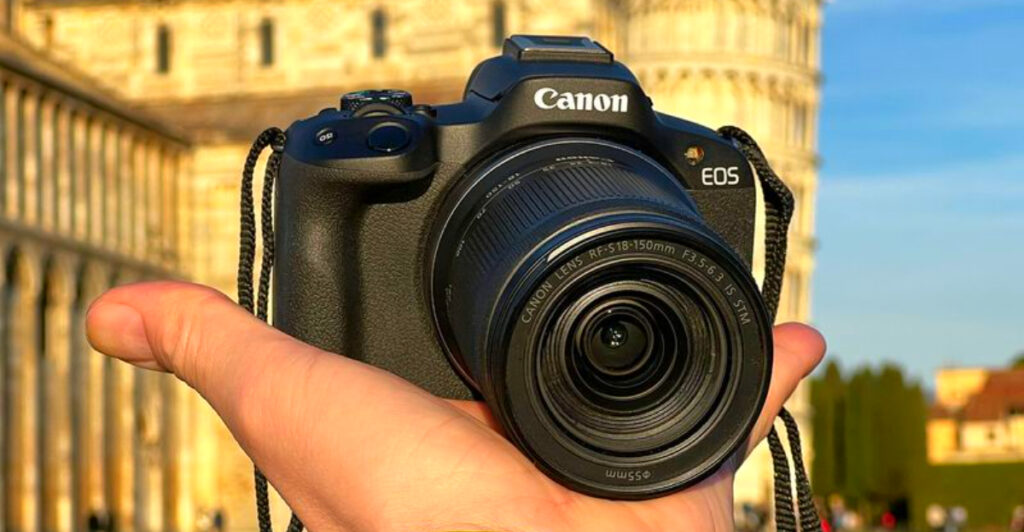Carrying a heavy camera bag can turn a fun photo walk into a shoulder workout. That’s why lightweight cameras have become my go-to gear for everyday shooting and travel adventures. Whether you’re exploring a new city or just heading to the coffee shop, these compact powerhouses deliver amazing image quality without weighing you down. Here are eight cameras that prove you don’t need bulk to capture beautiful moments.
1. Ricoh GR IIIx (fixed 40mm-equiv compact) — 262 g
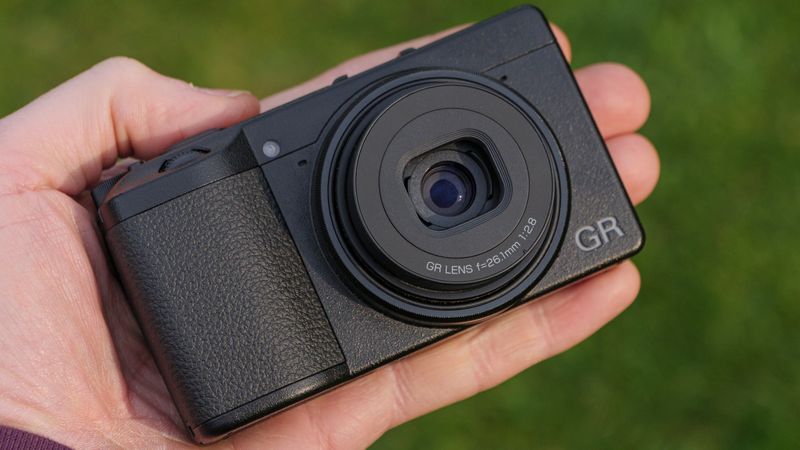
At just 262 grams, this little wonder slips into any pocket like a set of keys. The GR IIIx packs an APS-C sensor—the same size found in many larger cameras—into a body smaller than most smartphones. Street photographers love it because nobody notices you’re shooting.
The fixed 40mm lens forces you to think creatively about composition. No zoom means you move your feet, which often leads to better photos anyway. It’s perfect for capturing candid moments at family gatherings or documenting your neighborhood walks.
Build quality feels solid despite the featherweight design. Quick startup time means you won’t miss fleeting expressions or perfect lighting.
2. Sony RX100 VII (1-inch sensor compact) — 302 g
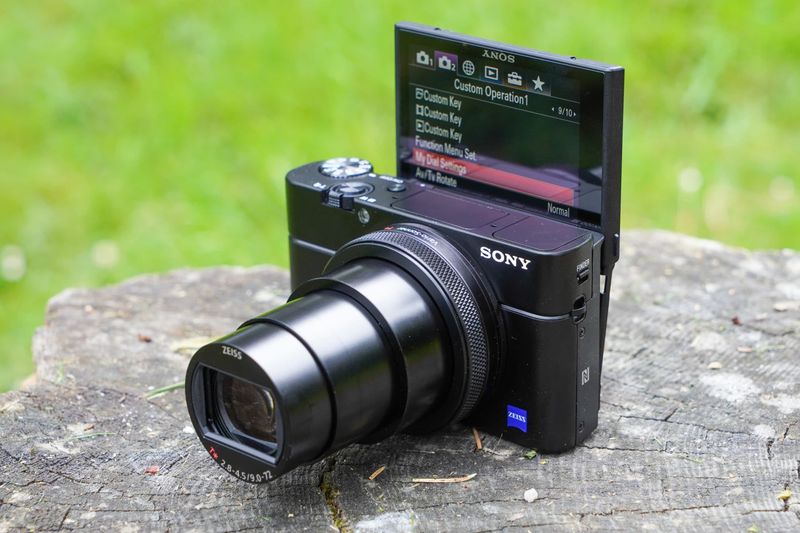
Travelers rave about this pocket rocket for good reason. Weighing barely more than a candy bar, it delivers image quality that embarrasses many bigger cameras. The built-in zoom lens covers wide landscapes to distant subjects without swapping glass.
Autofocus speed rivals professional gear, locking onto faces and eyes instantly. Video capabilities impress content creators who need reliable footage on the go. Battery life stretches through a full day of casual shooting.
The flip-up screen makes selfies and vlogging surprisingly easy. Controls feel intuitive once you spend an afternoon learning the layout. It’s earned a permanent spot in my everyday carry bag.
3. Canon PowerShot G7 X Mark III (1-inch sensor compact) — 304 g
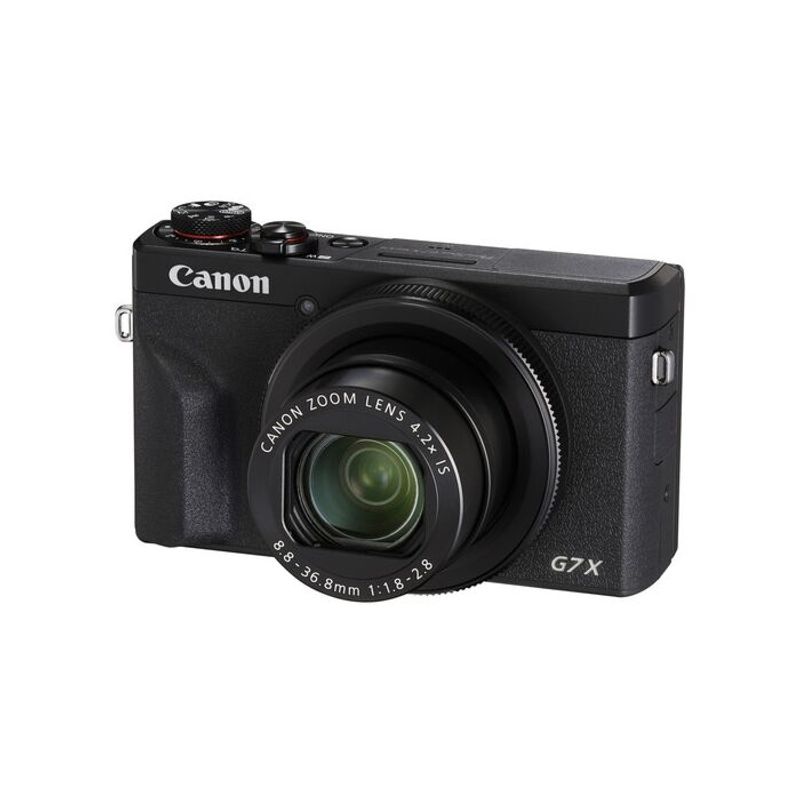
Vloggers discovered this gem first, but it’s brilliant for all kinds of shooting. The touchscreen flips up completely, making framing a breeze whether you’re filming yourself or shooting from unusual angles. Canon’s color science produces gorgeous skin tones straight out of the camera.
Live streaming capability sets it apart from competitors in this weight class. You can broadcast directly to YouTube without additional gear. The lens opens wide enough for beautiful background blur in portraits.
Handling feels natural with a small grip that provides just enough purchase. Quick deployment from jacket pockets means capturing spontaneous moments becomes second nature.
4. Panasonic Lumix G100 (Micro Four Thirds mirrorless) — 352 g with battery
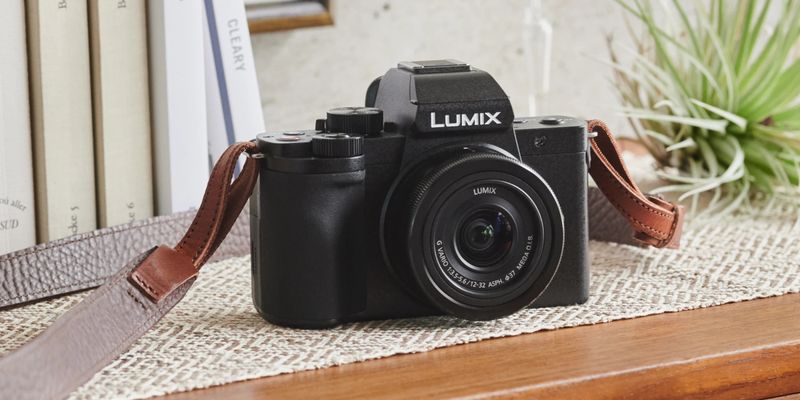
Here’s where interchangeable lenses meet ultralight design. Swap between wide angles for architecture and telephoto for wildlife without your bag feeling like a brick collection. The Micro Four Thirds system offers tons of compact lens options that match the body’s philosophy.
Audio features surprise many buyers—built-in tracking keeps your voice clear in vlogs. The flip screen and simple menus make it friendly for camera newcomers. Image stabilization in many lenses helps keep handheld shots sharp.
This one shines for weekend trips where you want creative flexibility without checking a bag. Battery performance gives you hundreds of shots per charge during typical outings.
5. Canon EOS R50 (APS-C mirrorless) — 375-376 g with battery & card
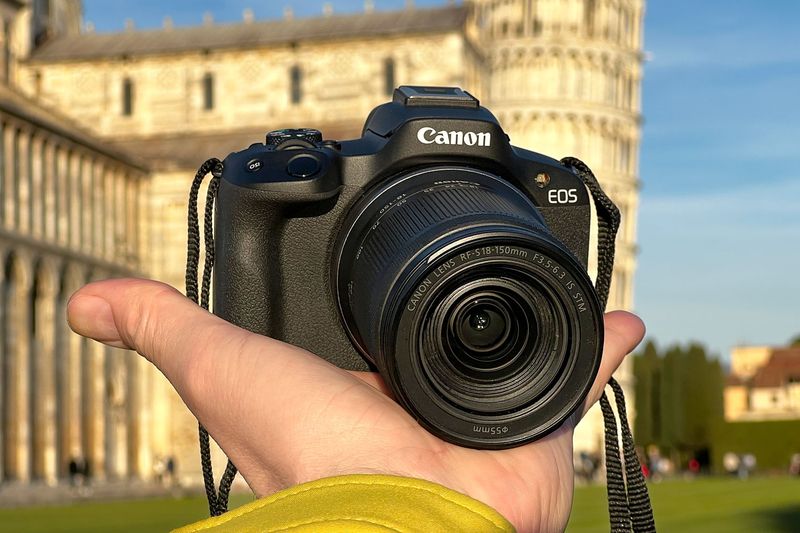
Canon built this as someone’s first serious camera, and it shows in the best ways. The guided menus explain settings in plain language, so you learn as you shoot. Dual Pixel autofocus tracks subjects like a seasoned pro, even when you’re still figuring out aperture.
The tiny body hides impressive power—4K video and fast burst shooting handle action easily. Canon’s RF lens lineup continues growing, giving you room to expand your kit over time. Eye detection works on people and pets alike.
Controls stay simple without feeling dumbed down. The electronic viewfinder helps you compose in bright sunlight when screens wash out completely.
6. Nikon Z30 (APS-C mirrorless) — ~405 g with battery
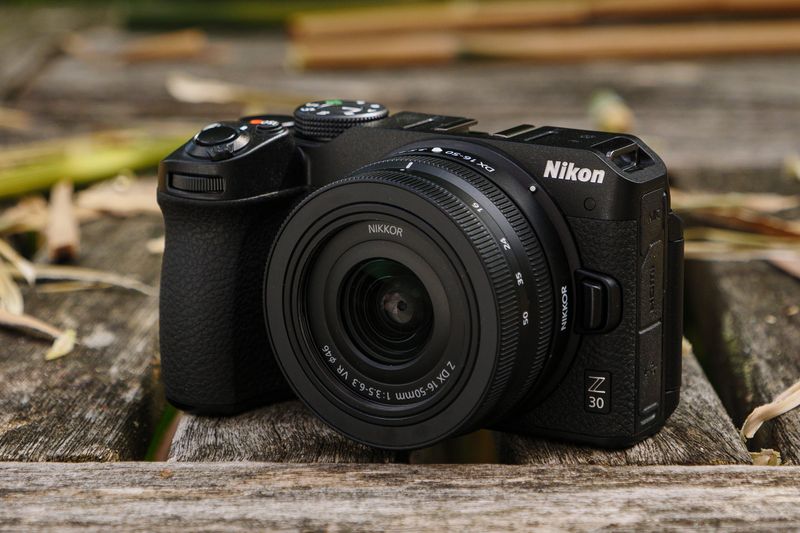
Nikon stripped away the viewfinder to create their lightest Z-series body yet. Content creators appreciate the clean top plate and excellent video specs. The flip-out screen becomes your primary composition tool, which works perfectly for most modern shooting styles.
Interchangeable Z-mount lenses let you grow with the system. Image quality matches pricier Nikon bodies in good lighting conditions. Microphone and headphone jacks show Nikon’s serious approach to video work.
Battery life impresses for such a small package. The grip, though compact, provides enough hold for longer shooting sessions. It’s become popular with travel photographers who value Nikon colors but reject heavy gear.
7. OM System OM-5 (Micro Four Thirds mirrorless) — 414 g with battery
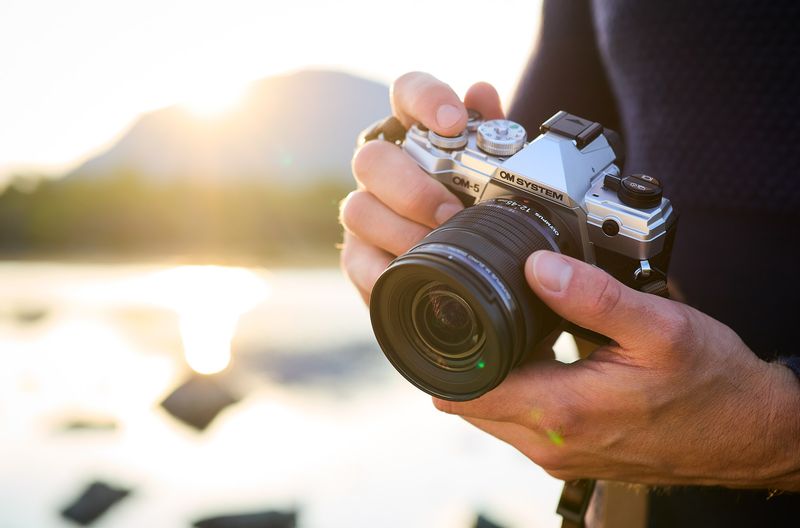
Weather sealing in a sub-500-gram body feels like magic. Rain, dust, and cold don’t intimidate this adventure-ready shooter. The in-body stabilization system delivers up to 7.5 stops of shake correction—handheld shots stay sharp even in dim conditions or with long lenses.
Computational photography features let you create star trails, focus stacking, and live composite images without computer processing. Hikers love the light weight combined with serious durability. The menu system takes patience to learn but offers incredible control once mastered.
Battery efficiency means you can shoot all day without carrying spares. It pairs beautifully with compact Micro Four Thirds lenses for a complete lightweight kit.
8. Fujifilm X-S20 (APS-C mirrorless) — 491 g body
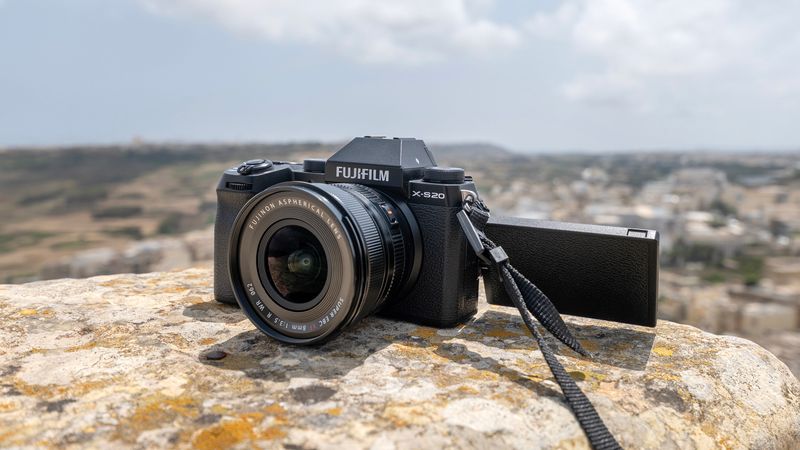
Pushing the upper weight limit here, but those extra grams buy you something special. In-body stabilization up to 7.0 stops transforms handheld shooting—you’ll nail sharp images in situations that would blur on lighter bodies. The grip actually fills your hand comfortably during long shooting days.
Fujifilm’s legendary color science makes JPEGs look incredible without editing. Film simulation modes recreate classic film stocks digitally. Video specs satisfy serious creators while remaining accessible to beginners.
Battery capacity doubles what earlier Fujifilm bodies offered. The autofocus system finally competes with Canon and Sony. It’s the heaviest option here but delivers flagship features in a still-portable package.

